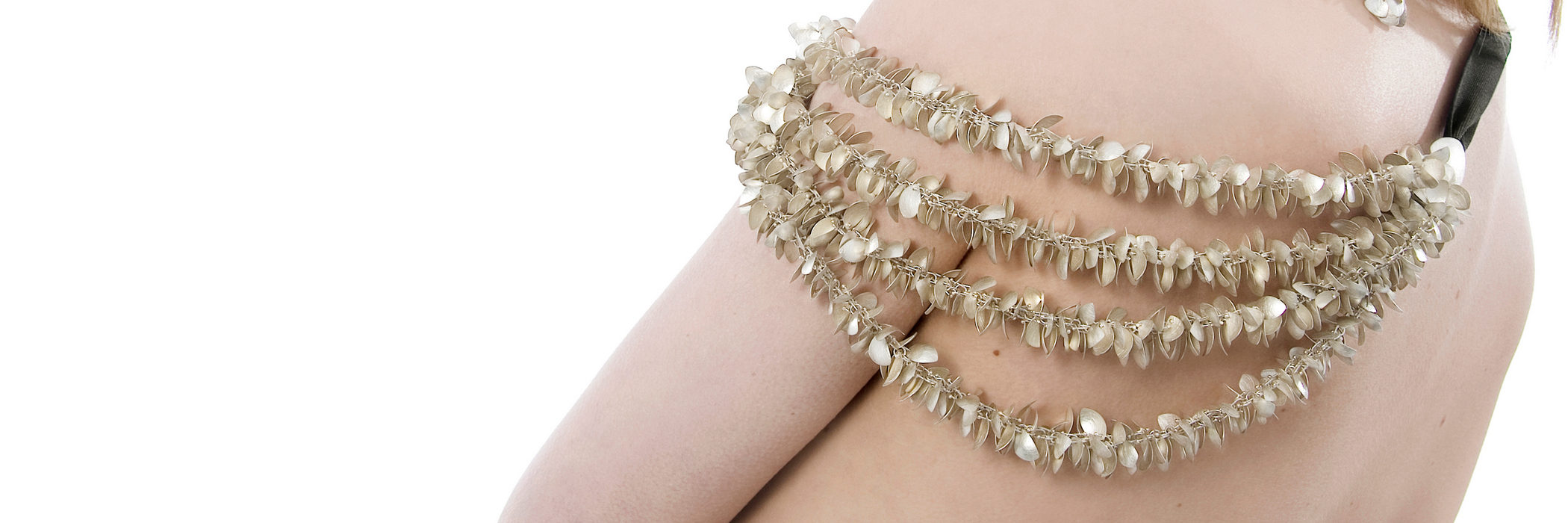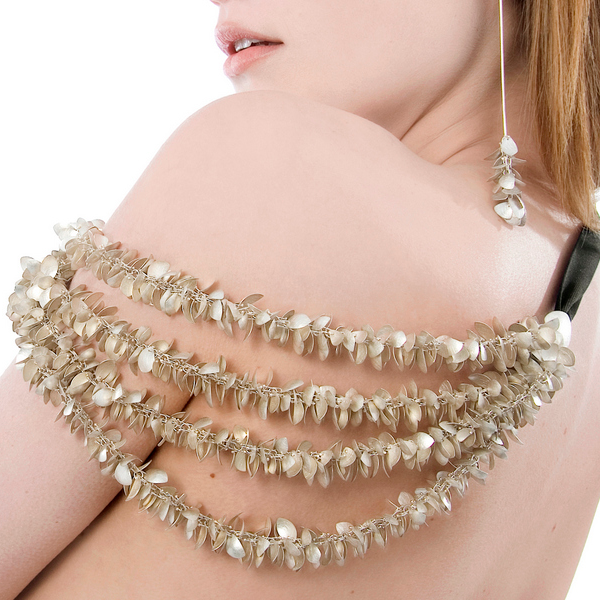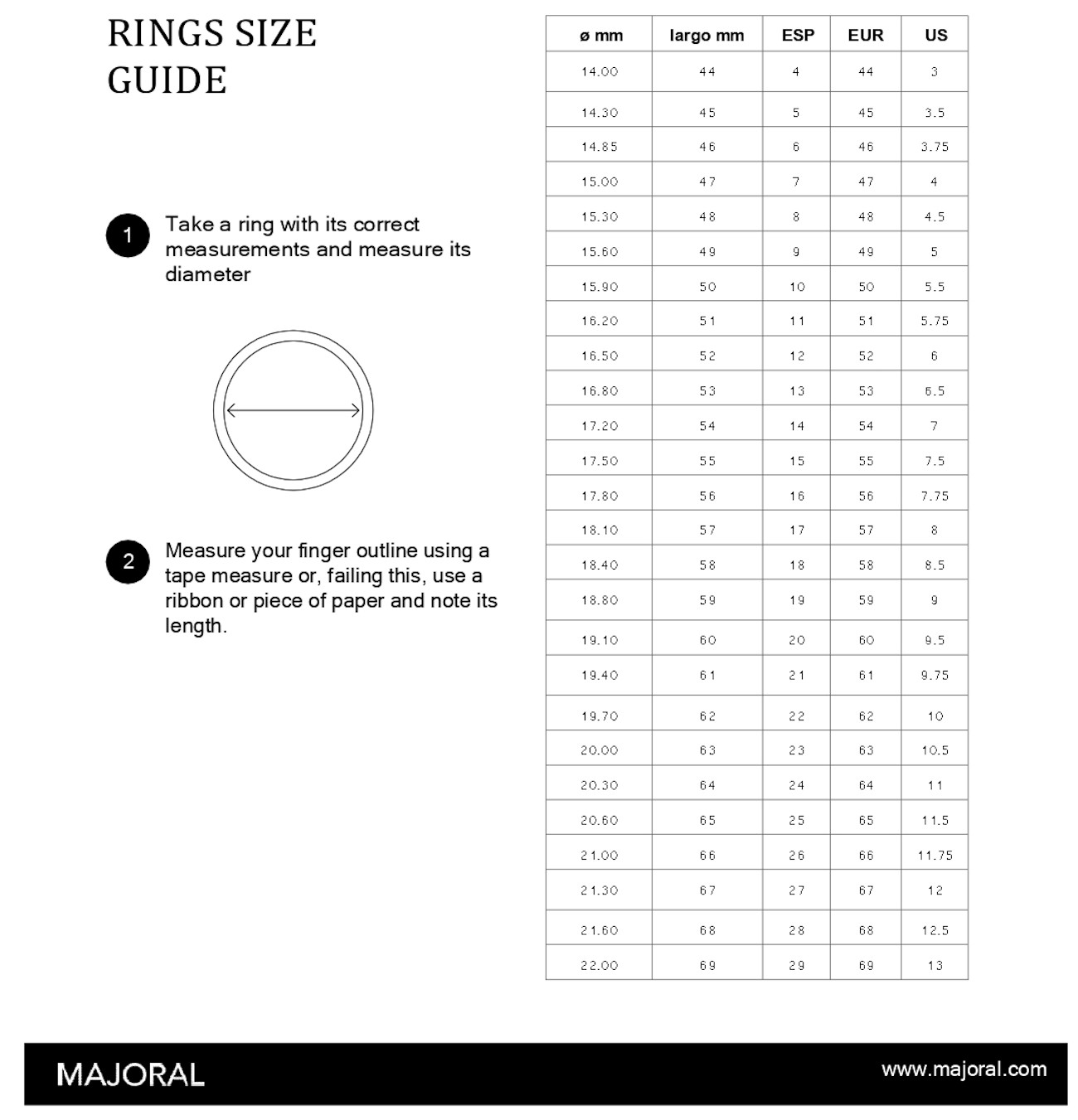
Polynesian culture in jewellery: a seductive and relaxing challenge
Samoa and Tonga are two collections by Majoral that aim to transmit through jewellery the values of simplicity, harmony and friendship of Polynesian culture
The millenary culture of Polynesia has fascinated the western world for centuries, and has been a source of inspiration for many artistic currents, as well as in the field of jewellery. Polynesia as a whole is made up of hundreds of islands in the South Pacific Ocean: islands that form a triangle, and which includes the islands of Hawaii, New Zealand, Tahiti, Samoa and Tonga, among others. Several investigations place the beginnings of Polynesian culture at 1800 BC, probably after an incursion of people from the Chinese or Taiwanese coastline.
The faraway distance of the islands from the other continents resulted in its own, isolated culture, which was not in contact with the western world until the 16th century. The lack of knowledge of western civilisations about Polynesian culture led to an aura of mysticism about the cultural customs of the islands. Among the most distinctive traits of Polynesian culture is dance and music. The most well-known form comes from the island of Tahiti, which in the past was related to every aspect of existence.
Polynesian dance has always been a symbol of welcome and seduction for visitors to the island. The seductive and relaxing traits of Polynesian culture have been a source of inspiration for art, literature and jewellery. One of the main examples can be found in the French painter Paul Gauguin, who lived on the island of Tahiti for a decade in the late 19th century. Polynesian culture and the landscapes of the island were sources of inspiration for the painter. Additionally, some Catalan writers such as Josep Maria de Sagarra expressed Polynesian culture in several books such as “Ocean Paradises” and “The Blue Route”.
Polynesian jewellery and culture: a homage to a civilisation with its own character
In the field of jewellery, Polynesian culture has reached us as a symbol of festivity, friendship, harmony and relaxation.
The island of Tahití is also famous for its pearls, commonly known as “black pearls” or “Tahiti pearls” and which, for their great value, have come to be known as the Queen of the Pearls. They are pearls that cover a very extensive range of colours between white and black, although the most well-known is without doubt the one called the black pearl, with greyish, silvery or dark green tones.
These pearls are cultivated in the Pinctada Margaritífera or black-lipped pearl oyster and in the past the inhabitants of Tahití went skin diving to collect these oysters that contained small treasures. The Tahiti pearl has become one of Polynesia’s most exported products.
But the influence of Polynesian culture on jewellery is also characterised by its capacity to transmit joy and harmony with the natural surroundings.
With this desire, at Majoral we have created a trilogy of collections dedicated to Polynesian culture. Samoa, Tonga and Fiji, three names of Polynesian islands that give life to three collections inspired by the cultural essence of the south Pacific.
Samoa: jewellery that transmits welcome and harmony
The first homage from Majoral to the Polynesian islands is in Samoa . The collection, taking the name of the millenary island that maintains its ancient rituals alive to this day, is inspired by the famous floral garlands of Polynesia. These garlands are used in the dances of the island as a symbol of welcome. Made from Fairmined gold, the items of jewellery from this collection transmit the happy and fresh nature of the flowers, emulating their form, in earrings as well as necklaces and rings.
Tonga: a collection with ornamental plant effects, vibrant and bright
The second collection created by Majoral as a symbol of homage to Polynesian-style jewellery is called Tonga. In this case, the collection takes the name of the small island of Tonga, which at a cultural level is characterised by its ceremonial dances. Also present in Tongan dances are the garlands of flowers, but here with smaller leaves. In this way, the Tonga collection by Majoral evokes these garlands, with jewellery made from small bouquets of metal leaves. The collection aims to create an ornamental plant effect, vibrant and bright, as well as a sensation of movement and lightness.
Fiji: the collection that completes Majoral’s homage to Polynesia
Finally, we should highlight the Fiji collection https://www.majoral.com/portfolio/coleccion-fiji/?lang=es. Inspired by nature and the floral motifs typical of Polynesian culture, this collection stands out as the culmination of Majoral’s homage to Polynesia. Its design seduces through forms and textures. Unlike Tonga and Samoa, Fiji includes stones such as diamonds, rubies or chrome diopside placed between the pieces of gold. The Fiji collection shows the manual process of Majoral jewellery, in harmony with the craft and culture of Polynesia. Craftwork that can be joyful and in harmony with nature.
With these collections, Majoral aims to make its modest contribution to the capacity of jewellery to transmit sensations through the different cultures of the world.
 Cookie preferences
Cookie preferences


